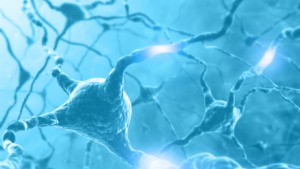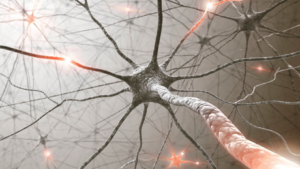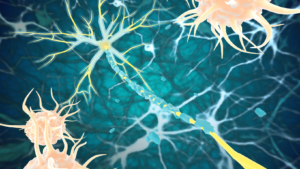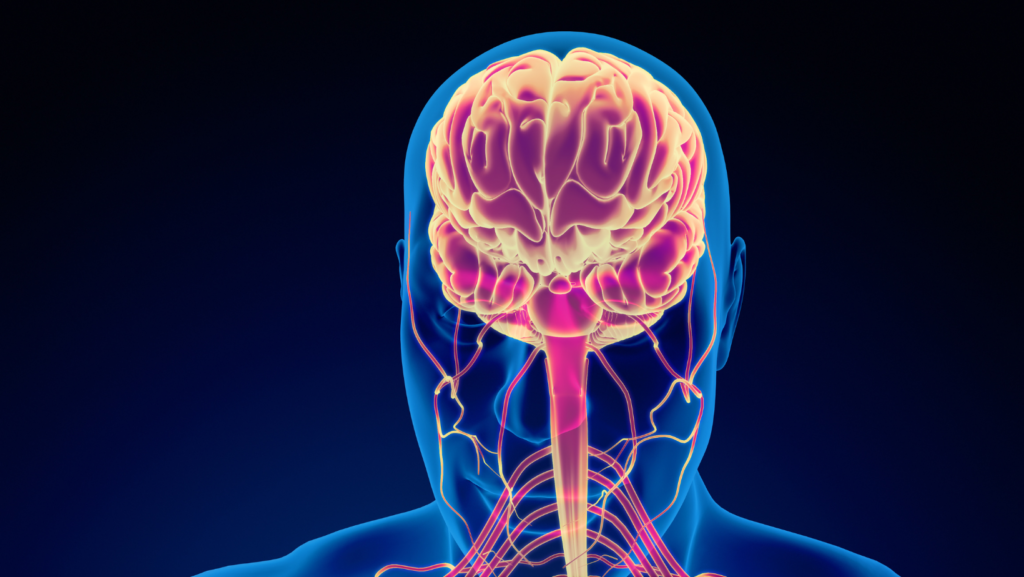The human nervous system, a complex network of nerves and cells, is a marvel of nature’s engineering. It’s the body’s electrical wiring, a superhighway of messages and control signals. This intricate system, with its numerous components and functions, is a fascinating subject to delve into.
Understanding the nervous system is like unraveling the mysteries of the human body. It’s a journey into the realm of neurons, synapses, and nerve impulses. Whether you’re a curious reader or a student of biology, this article promises to shed light on the intriguing world of the nervous system, using the diagram= as a guide.
Stay tuned as we embark on this enlightening journey, Crafting Narrative Magic to break down the complexities of the nervous system into digestible, easy-to-understand nuggets of knowledge.
Understanding the Nervous System

To unravel the mysteries of the human nervous system, it becomes pivotal to comprehend its functions and the structure of neuronal components.
The nervous system performs three key roles – it receives information, processes it, and elicits an appropriate response. Sensory receptors pick up stimuli, such as touch or temperature, converting them into electrical signals that travel along the nerves. These signals reach the brain’s intersection, getting processed and interpreted. Then, motor responses emerge according to the brain’s interpretation. In this intricate process, even sectors like the Entertainment Industry rely on understanding how human perception and reaction work.
Diagram Nervous System

Building on the wealth of information from the preceding discourse, this section casts a spotlight on the human nervous system as presented in Diagram:sh8m1thoark. By thoroughly examining the central and peripheral components on the diagram, it’s possible to gain a more profound understanding of this crucial biological system.
Displayed prominently in the diagram, the central nervous system comprises two critical elements, the Brain and the Spinal Cord. The Brain, seen at the top of the diagram, serves as the control center of the body, processing information received and initiating appropriate responses. Distinguished into various segments such as the Cerebrum, Cerebellum, and Brain Stem as shown in the diagram, each section of the brain has its intricate functions and capacities.
Peripheral Nervous System in the Diagram
Beyond the confines of the central nervous system, the peripheral nervous system emerges, prominently shown branching out from the spinal cord in the diagram. This system encompasses all nerves and neural structures located outside the brain and spinal cord. As seen in the diagram, it’s split into two paramount categories: the Somatic Nervous System and the Autonomic Nervous System.
The Somatic Nervous System connects to sensory receptors and controls voluntary muscle movement. On the other hand, the Autonomic Nervous System, further subdivided into the Sympathetic and Parasympathetic Systems visible in the diagram, regulates involuntary functions such as heart rate and digestion.
How to Read Diagram:sh8m1thoark= Nervous System

Expertly deciphering Diagram:sh8m1thoark= Nervous System permits deeper understanding and clear communication. Leveraging this tool paves a path towards informed decision-making in neurological health scenarios.
Key Features to Look for
Inquisitively studying the diagram reveals striking features, which illustrate the nervous system’s design. Nodes at distinct positions indicate the system’s major parts – the brain, spinal cord, and peripheral nerves. Arrows indicate the direction of neural impulses, delineating information flow from sensory organs to the brain, and responses returning. Illustrations of synapses explicitly reveal the interaction between neurons, crucial to understanding the process of communication within the system.
Identifying Neural Pathways
Diagram:sh8m1thoark= Nervous System showcases neural pathways, fundamental routes of communication within the nervous system. Distinct lines in the diagram illustrate these pathways that shuttle messages between brain regions or towards peripheral organs. For instance, the line extending from the brain to the spinal cord represents the corticospinal tract, significant for motor control. Evaluating these pathways provides insight into how the structures of the nervous system cohesively function, literally serving as the body’s information superhighway. Clear understanding of these pathways is paramount, as it aids in diagnosing disorder origin or predicting disease progression in neurological conditions.

